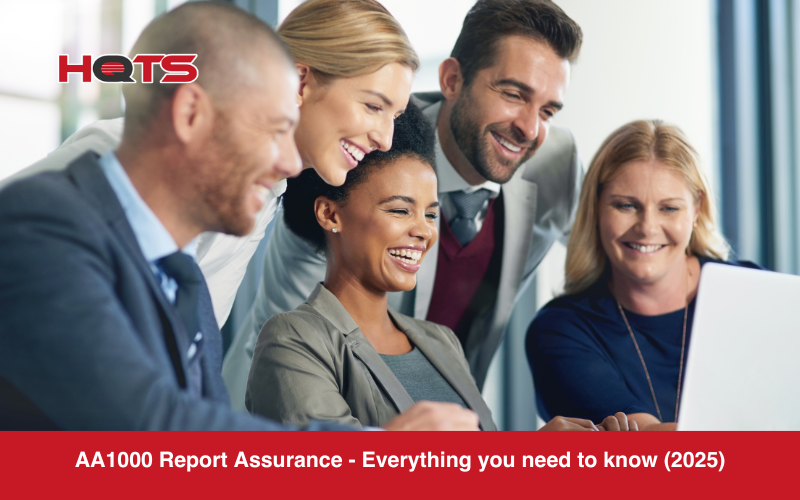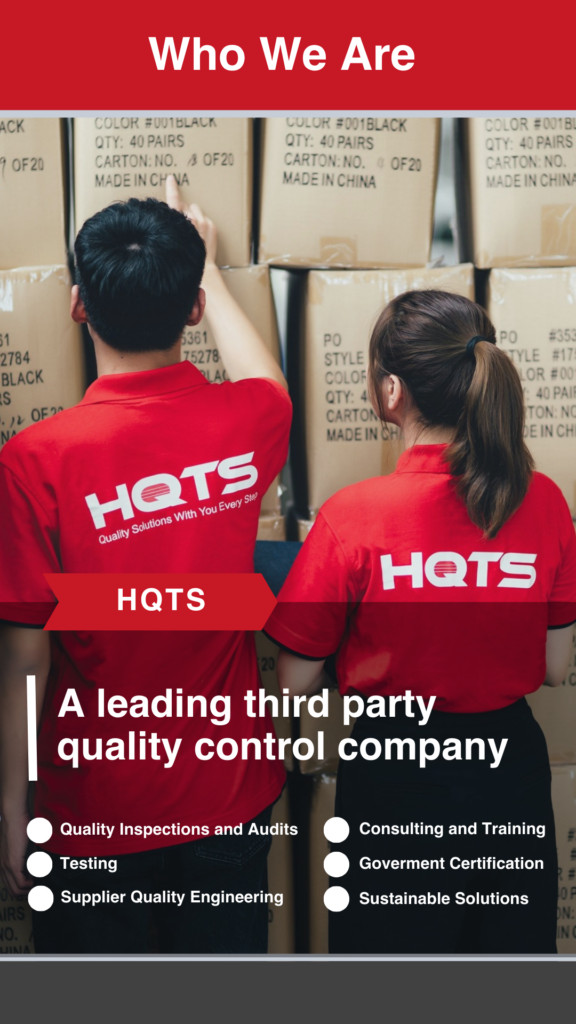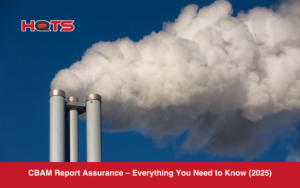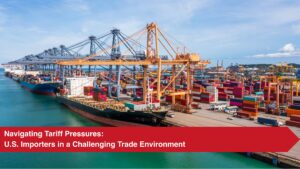The AA1000 is a global standard for validating a company’s ESG reports. It validates whether companies are being open and honest about the progress they are making on sustainability. Companies use sustainability to show their partners and consumers that they care about the environment. But consumers and partners need to be sure that what the company is sharing is accurate.
This is where the AA1000 global standard is extremely useful. In this blog we’ll break down how AA1000 ESG report assurance works and how you can verify your own companies’ environmental progress.
What is AA1000 ESG report assurance ?

AA1000 checks both the quality of the ESG data shared by the company and how well that company listens to its stakeholders. Currently, there are two types of AA1000 engagements:
- Type 1 checks the reporting process and how well the company followed the four AA1000 principles.
- Type 2 the assurer evaluates the four principles and also verifies the accuracy and quality of specific sustainability performance data in the report.
As you can see above, there are four principles that are fundamental to the AA1000 framework. These principles are used to check how seriously the company is taking its sustainability efforts. They are inclusivity, materiality, responsiveness and impact.
- Inclusivity means companies include stakeholder feedback in decisions, not just listen, but show you’re acting on it. That means assurers will look at things like stakeholder maps, survey results, or meeting notes to see how people were engaged, and whether their voices made it into the final report.
- Materiality means you focus on what matters most to both your business and your stakeholders. Assessors will examine whether the process, often involving stakeholder input or industry benchmarks, reflects the company’s real-world impacts and priorities.
- Responsiveness means you take action on key issues and clearly communicate what you’re doing. This could mean checking that the company set targets or implemented initiatives on those issues and that these responses are described in the report.
- Impact means you can show the results of your actions, track your progress, and stay accountable. Claims about helping communities or cutting carbon need to be backed by evidence—numbers, reports, testimonials. And if there were negative impacts too, those should be in the report as well.
How is an AA1000 ESG report verified?

The AA1000 report verification starts with a thorough review of internal and external documents, such as sustainability policies, spreadsheets, emails, meeting notes, and even legal filings or press releases. Every claim in the report needs to be backed up with evidence, and auditors often use a checklist to ensure nothing is missed.
The assessors may then opt to speak to members of staff. By speaking with the people behind the data—like the head of HR, environmental officers, or community managers—auditors get a clearer picture of how information was gathered, what challenges came up, and whether the reporting process was transparent.
Site visits add another layer of insight. If the report claims excellent safety or environmental practices, auditors may visit a factory or office to see if those claims hold up in real life. Talking to workers or local community members during these visits can surface perspectives that documents don’t always capture.
Then there’s the numbers. Assurance teams can test data in the report by recalculating key figures like energy use and tracing them back to source documents. Cross-checking is also key. Figures are cross-checked across multiple sources in case of discrepancies.
To read more about Higg FEM verifications check out our full guide here.
What are the benefits of AA1000 ESG report verification?
First and foremost, verifying your AA1000 report builds trust. When stakeholders see that the report has been independently verified, they’re more likely to believe the information is accurate, which strengthens your company’s credibility and reputation. It also gives investors more confidence that your ESG claims are based on real performance, not greenwashing.
In turn, this can improve access to capital or lower borrowing costs, as some investors and rating agencies prioritize assured data.
The verification process also sharpens what’s happening internally. The process often uncovers data issues or weak controls, helping companies fix inaccuracies and strengthen their ESG systems. As a result, the final report is more reliable, and the company is better equipped to manage future reporting.
Going through assurance also encourages deeper stakeholder engagement. Because the standard emphasizes inclusivity and responsiveness, companies often improve how they engage and respond to different groups. This creates stronger relationships and makes the company more accountable.
Assurance providers also usually offer insights and suggestions, helping teams spot blind spots and refine their sustainability efforts. And with regulations tightening, taking these steps now helps companies stay ahead.
AA1000 ESG report verification with HQTS
With operations in over 40 countries and 80+ regional service locations, supported by more than 2,000 professional quality engineers, HQTS offers localized knowledge and on-site verification wherever clients operate. Here’s how it works:
Step 1: HQTS and the company agree on responsibilities and goals. HQTS explains the audit purpose and process, and both parties sign a cooperation agreement.
Step 2: HQTS reviews your company’s ESG or sustainability reports and sets up a tailored audit plan and timeline.
Step 3: Your company gathers the required documents and data. HQTS conducts the audit using the AA1000 standard, which includes:
- Online or on-site interviews
- Document and data reviews
- Sampling checks
- Data recalculation for accuracy
Step 4: After the audit, HQTS provides an official AA1000 Independent Verification Statement, which confirms the credibility of your ESG reporting.
To learn more about HQTS ESG report assurance services, speak to a member of our team now.





